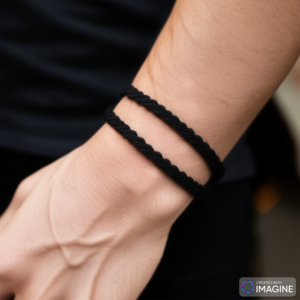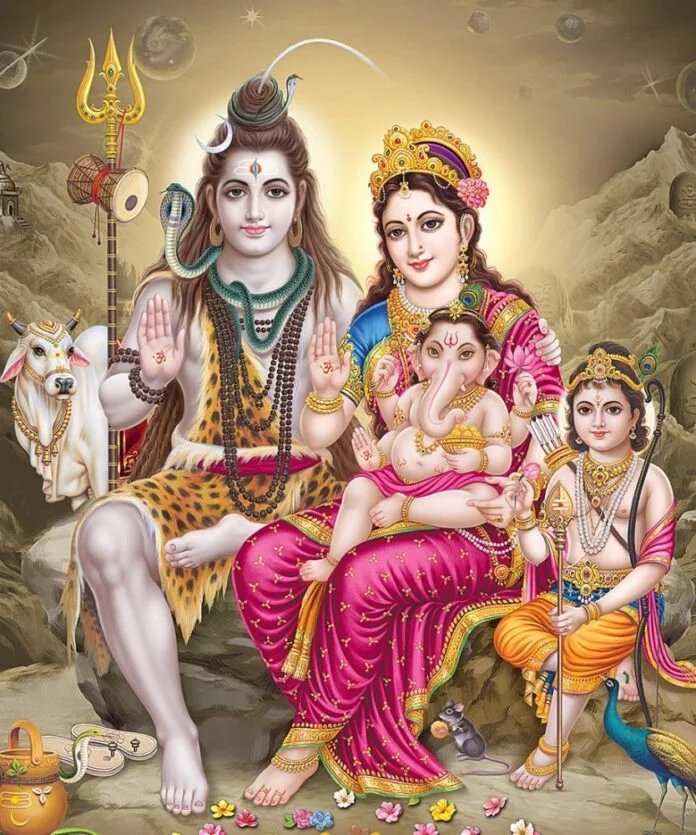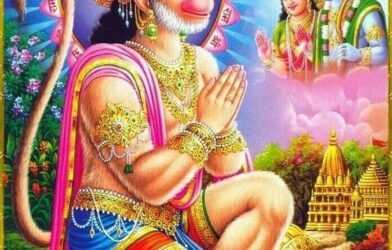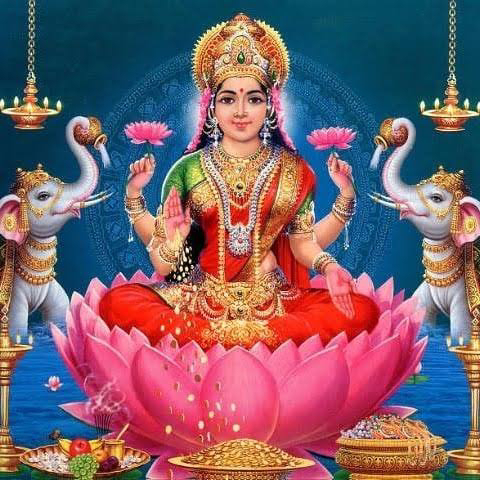The simple act of tying a black thread around one’s wrist traverses through a vast landscape of cultural, religious, and personal significances across the globe. This tradition, rich in history and meaning, continues to be a powerful symbol in many societies today.
Historical Roots
Ancient India
In ancient Indian culture, the black thread, often made of cotton or wool, was tied around the wrist as a form of protection against negative influences and to attract positive energy. This practice is deeply rooted in Vedic traditions, where specific mantras were chanted during the tying ceremony to infuse the thread with protective powers.
Other Ancient Civilizations
Similarly, in various other ancient cultures, the colour black was believed to have protective properties against evil. From the Egyptians using charms to the Greeks wearing amulets, the use of a simple black thread can be seen as a universal element in ancient protective practices.
Cultural Significance
Protection Against Evil
In many cultures, the black thread is believed to protect its wearer from the evil eye or negative energies. This belief is particularly prevalent in rural and tribal areas where the environment and daily life are deeply intertwined with cultural lore.
Symbol of Strength and Resilience
Besides protection, the black thread is also a symbol of strength and resilience. It represents the wearer’s ability to withstand life’s challenges and adversities, anchoring them to their cultural or familial roots.
Religious Contexts
Hindu Practices
In Hinduism, the black thread is commonly tied on the wrist during particular religious ceremonies, often after a pooja (worship ritual). It serves as a sanctified object of blessings and protection bestowed by the divine. In Hindu culture, black thread is tied to the wrist of a native, especially on Saturday, to ward off evil eyes.
Kabbalistic Traditions
In the mystical Jewish tradition of Kabbalah, although a red string is more commonly used, black strings are also utilised as a protection against negative forces and to ward off the evil eye, drawing upon the belief in the protective power of strings.
Buddhist Ceremonies
During specific rituals, monks frequently tie threads around the wrists of practitioners of Buddhism to represent blessings and the connection between the person and the Buddha’s teachings.
Modern Usage and Variations
Fashion Statement

Today, the black thread is also embraced as a fashion accessory, transcending its traditional meanings. Designers and celebrities have popularised wrist threads, making them trendy symbols of spirituality or fashion.
Symbolic Representations
In modern contexts, the black thread can also represent various personal or political statements, used in movements or personal journeys, highlighting its adaptability and continued relevance.
Psychological and Social Aspects
Community and Belonging
Wearing a black thread can also signify a sense of belonging or identity within a community, serving as a tangible connection to one’s heritage or group.
Personal Narratives
For many, the act of wearing a black thread is intertwined with personal narratives of protection, memories, or as a reminder of specific life philosophies or events.
Conclusion
The black thread around the wrist, though simple in appearance, carries with it a profound depth of meaning and history. From ancient protective measures to modern fashion statements, this tradition remains a vibrant part of many cultures around the world.
FAQs
What does a black thread symbolise in Hindu culture?
In Hindu culture, a black thread symbolises protection against negative energies and is often worn as a talisman.
Can anyone wear a black thread?
Yes, there are no restrictions on who can wear a black thread. It is commonly used across different ages, genders, and cultures.
Is there a specific wrist that a black thread should be tied to?
Traditionally, it varies; in many Indian cultures, men tie it on the right wrist and women on the left.
How long should the black thread be worn?
The duration can vary depending on cultural or personal significance. Some wear it until it breaks naturally, symbolising the end of its protection period.
Does the black thread have to be made of a specific material?
Typically, it is made from cotton or wool, but variations exist depending on regional traditions or personal preferences.











